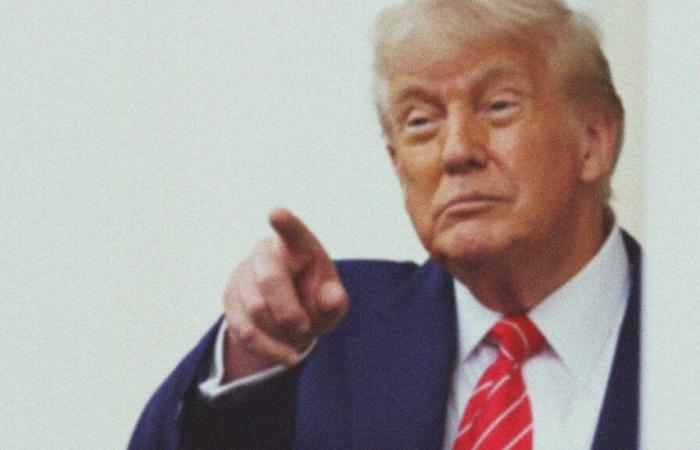Something weird is happening in Washington: Trump, the faithful defender of the tax cut to the rich, now says that it would be GOOD with which taxes upload them. But do not be scared (or celebrate), because it does it with the same energy with which one accepts to eat salad when there is no pizza left. The idea is to create a new tax section for ultra-mega-millionaires (only those who earn more than $ 2.5 million), in order to close a giant fiscal hole that comes with its tax sales package for the middle classes.
In theory, it sounds like economic justice. In practice, it has the Republicans of Congress very divided and faced. Trump launches style warnings “do it, but not much … and if it goes wrong, it was your idea.”
- The proposal to raise the maximum tax section to 39.6% sounds more radical than it is: in reality, it is to return to the same percentage that existed before the tax reform of 2017. But this time it would only apply to income Ordinary above $ 2.5 million (or $ 5 million if you are a married couple). Translation? Almost no real rich would notice it, because the income of that elite comes mostly from capital gains, which would continue with lower rates. The expected collection is modest: less than $ 30,000 million a year. Very little if we compare it with the $ 5 billion that costs the rest of the Trumpist Fiscal Plan.
A game divided between Wall Street and Main Street.
- Within the Congress, the proposal is generating tension among the Republicans who want to sell as defenders of the working class, and those who do not want to hear about touching a penny to their donors. Some suggest letting the fiscal benefits of the richest, others talk about creating a new “premium” tax category. But there is fear. They fear that raising taxes to millionaires also affects small businessmen, doctors and athletes. In the end, nobody wants George Hw Bush to happen to them, whose famous “Read My Lips: no New Taxes” became a political epitaph.
- Trump assures that he would not bother him to pay more taxes “to help the middle class”, but his economic team insists that he really He is not a fan of the idea. Moreover, it seems that all this is more a political gesture than a serious fiscal decision. In the background, the White House needs to solve the hole that would let the tax sales of 2017, without cutting so much medical or food coupons that bother their bases.
Now, the president is in the middle of the matter: he wants to extend tax cuts and at the same time seem sensitive to the middle class, without enraging the rich or dividing his party at all. The Republican wing is divided, and the numbers do not close at all. In the end, this seems more an electoral strategy than a structural reform. But in politics, sometimes the gesture is worth more than the impact.






